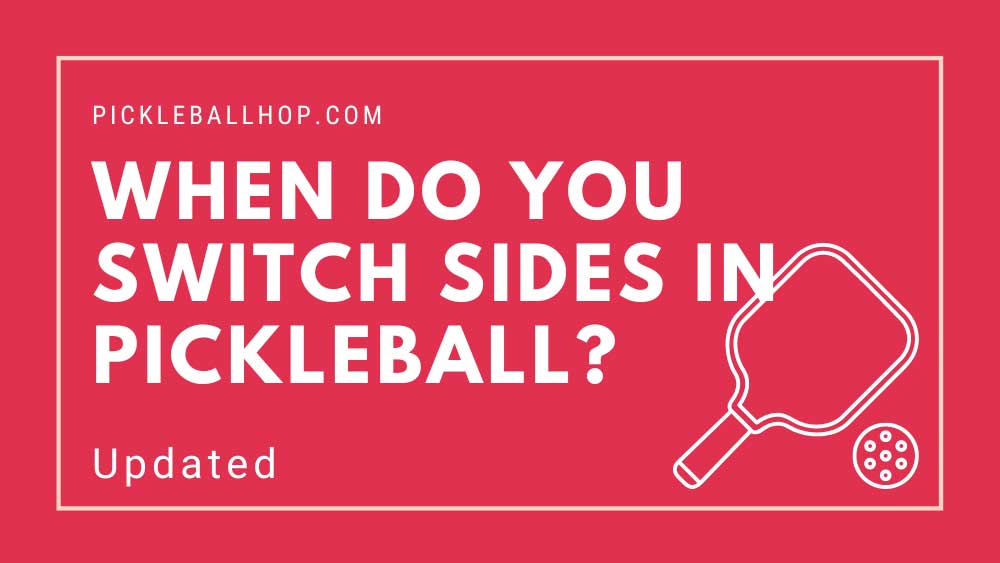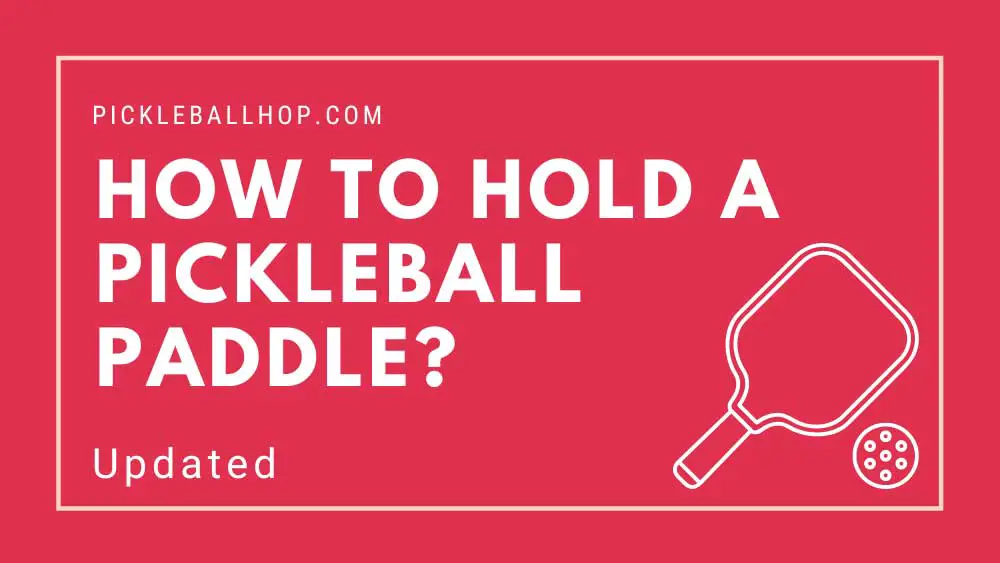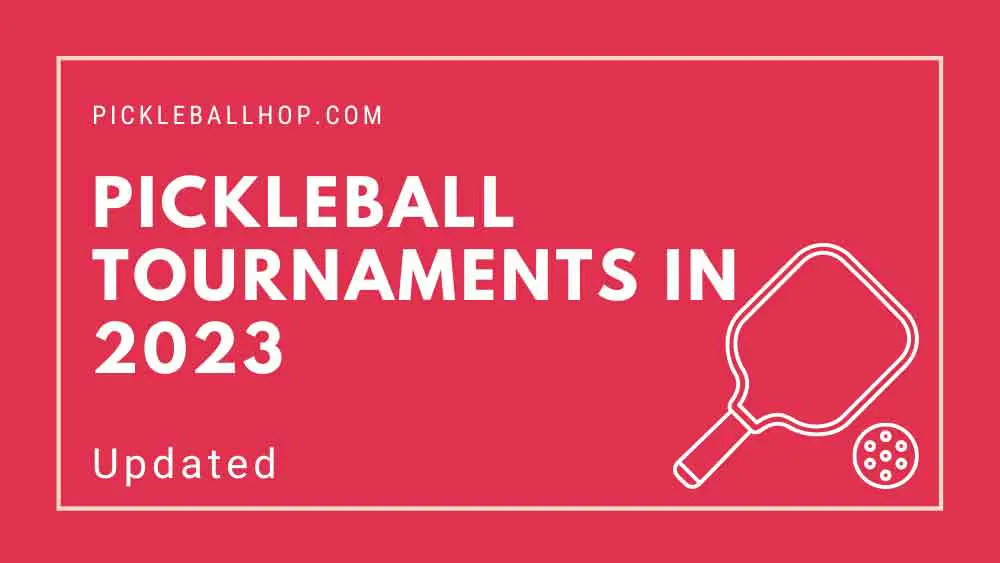A national pickleball rating system was developed by USAPA (US Pickleball Association). This system identifies exactly how players can attain certain ratings. Pickleball players can improve their game if they understand the pickleball rating system.
An explanation of the Pickleball Rating System
Pickleball ratings are divided into two categories: two-digit and four-digit. Below is an explanation of the two-digit system. In the USAPA, ratings are still assigned using two-digits. Professional pickleball players and tournament players use the four-digit pickleball rating system.
Players are rated according to their level of experience in USAPA ratings. Because of the skills involved with each rating, it’s important to understand pickleball ratings. Using ratings, you’ll be matched with players who are similar in skill level to you. Seeing how you can improve your pickleball level also benefits you.
1.0 Skill Rating
A player with a 1.0 skill rating is a newcomer to pickleball. The players understand the rules generally, but they don’t have any experience on the court. Some may not even have any previous athletic experience.
You shouldn’t be discouraged from playing pickleball because you are new to it. Learning the rules and practicing your skills isn’t easy, but everyone can have fun playing it.
1.5 Skill Rating
The skill level of a player rated at 1,5 is slightly higher than that of a newbie. The ball can be hit back and forth, but they may miss some shots that come their way. Until they learn to serve over the net they cannot participate in rallies.
The player is becoming more familiar with the rules at this level. Scores are generally understood, and the impact certain rules have on their play. Even though they haven’t perfected their groundstrokes yet, they understand the basics.
2.0 Skill Rating
The skills of pickleball players with a 2.0 ranking are improving. For a short period of time, they can rally the ball before a fault occurs. As they play, they can use different strokes, including the forehand, backhand, and volley.
Starting the game is the responsibility of players with this rank. Players understand their position in relation to other players on the court. The rules of doubles are well-known to them, even if they haven’t played it yet.
2.5 Skill Rating
After you have a 2.5 skill rating, you will be able to rally the pickleball more effectively, regardless of how fast you can do it. Although you may still find it difficult to cover the entire court, you make almost every easy shot.
2.5 players can keep score and understand the rules. A player knows where the no-volley zone is on the court, and what he or she cannot do there. Each side of the net has a no-volley zone of seven feet. This zone can’t be used for ball returns unless the ball has already bounced.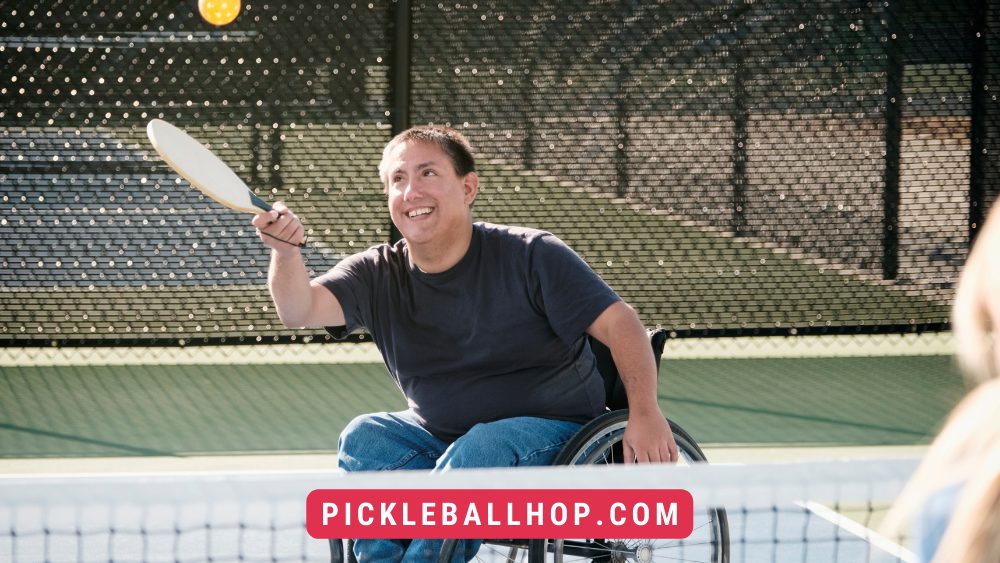
3.0 Skill Rating
The skill rating of 3.0 is good for making good serves and returning the ball quickly. The players have mastered the fundamentals and use them effectively. Even though they can’t control where the ball goes, they can still hit it.
Players are learning new strokes at this level, including lobs and dinks. An attacker lobs the ball into their opponent’s backcourt by hitting it in a high arc. During an effective use of this shot, the opponent will move back from the net.
When a dink is used, the ball is launched into the opponent’s no-volley zone. This shot gives your opponent a hard time returning the ball since there is less momentum behind it.
A 3.0-rated player will not be great at lobs and dinks even if they practice them. Starting from this level is the best way to learn more about the game. When you mix up your game, you also gain a better understanding of the strategy.
The players with a 3.0 skill rating are ready for tournaments and understand the fundamentals of pickleball.
3.5 Skill Rating
Persons who are rated at 3.5 skill levels are decent pickleball players. When they hit the ball, they have greater control over the direction it goes.
Medium-paced shots can be returned by these players. Fast-paced shots can also be returned, but they might not have the same control over the ball or they might miss some.
It’s time to learn new shots now that players have a firm grasp of those they’ve learned so far. A backhand, in particular, must be mastered now. Backhands are often avoided by players, but they can be powerful when used correctly during gameplay.
Even though they aren’t yet capable of controlling the depth of their serves, players at this level deliver good serves. Their ability to keep a consistent rally, volley with ease and mix up their hits throughout the game is impressive. Furthermore, they have mastered the skill of using the no-volley zone to their advantage.
They will also learn the strategy behind doubles play after predicting the opponent’s shots. Even though the general rules are the same, you should consider your partner’s reactions. Playing well with them depends on how well you work together.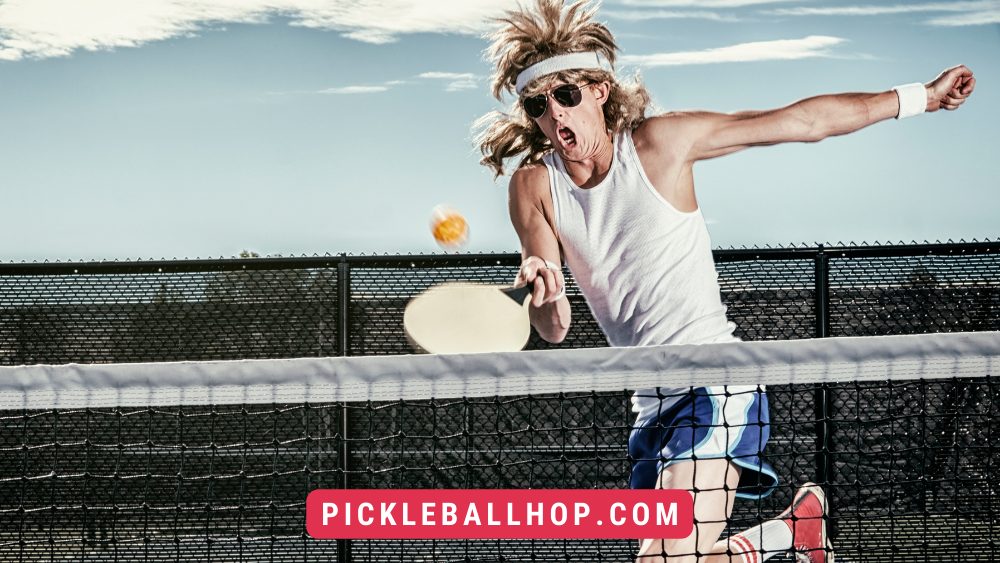
4.0 Skill Rating
A player with a 4.0 skill rating is almost a master of the sport. The time and control their shots perfectly. Having multiple shots at their disposal, they can vary their gameplay enough to force mistakes from their opponents.
By practicing the spin, you can throw off your opponents and now is a perfect time. When a shot lands on the other side of the net, it spins out of control no matter how smooth it looks. It is nearly impossible to hit it with a spin since it can move in another direction.
The players are at this level because they can judge whether to chase a dink or not. In addition, they understand how certain skills can be used to their advantage and are able to spot weaknesses in their opponents.
As a result, they both offer their best performances when playing doubles. You can now learn stacking, an alternative to traditional positions where you keep one player in a certain area of the court.
4.5 Skill Rating
You have mastered the fundamentals of pickleball when you reach a 4.5 skill rating. You have mastered your footwork and the three basic shots and know your position on the court. Certain hits can be thrown off by using spin.
The services at this level are always controlled and consistent. By spotting your opponent’s weak points, you can adjust your tactics accordingly. Your opponent won’t know what to expect at this stage because you mix up your shots and deliver them with strength.
This level of partnership works well for you. Both you and your opponent know where and how the other is going to act. Therefore, you are always one step ahead of your opponent.
5.0 Skill Rating
When you reach a skill rating of 5.0, you’ve learned every type of pickleball shot there is. Your opponent can’t get the ball over the net before you know what’s coming. It is up to you how strong and how deep you strike.
You can minimize your errors if you are aware of what your opponent is sending your way, while you can vary your approach to force them into errors. Using spins and varying your play, you can keep your opponent on their toes.
Your natural talent will elevate you as a pickleball player if you previously had an athletic bent. People who are not natural athletes can still achieve this level and even surpass it, but they will have to practice and dedicate themselves more.
To advance your game at this level, you need speed. Being able to move quickly on the court is key to becoming a better player. Transferring your weight will also improve your speed.
5.5+ Skill Rating
Pickleball players who have a level of 5.5 or higher are at their best. Despite consistently winning tournaments and playing outstanding games, they remain safe. You will receive the best match for your game if you know pickleball rankings.
Levels of Pickleball Skill
Recreational pickleball clubs and leagues may use a more general pickleball skill level rather than self-rating and USA Pickleball Tournament Player Rating. A pickleball club or league may, for example, divide players into the following categories:
- Beginner Pickleball Players – A pickleball player with a rating of 3.0 or below would generally be considered a beginner pickleball player. Basically, these pickleball players understand the rules and strategies of pickleball very well, but their consistency and control are limited. They have some basic shots (such as serves, returns, medium-paced drives, and dinks).
- Intermediate Pickleball Players – Pickleball players with a rating between 3.5 and 4.0 are considered intermediate pickleball players. These pickleball players are generally consistent with moderate unforced errors, and are well versed in the rules, strategy, and forehand and backhand shots (including drop shots, backhand shots, and volleys).
- Advanced Pickleball Players – Pickleball players whose ratings exceed 4.5 qualify as advanced players. The pickleball players in this group have a strong understanding of pickleball strategy and rules, and are capable of controlling all shots on the pickleball court with minimal errors.
In order to facilitate the social element of pickleball, some pickleball clubs and leagues group players by skill level. As a result, broader groups provide a greater opportunity for socializing! It is also good for lower-level pickleball players to be able to compete against higher-level players in these general pickleball skill level groups.
Final Thoughts
The USAPA ratings might give you an idea as to your ranking if you are familiar with pickleball. You can gain insight into your skill level by understanding the pickleball rating system and what you need to improve.
There is no difference between pickleball players and other athletes in that they want to improve. By knowing your rating, you can see the levels below you and see where your skills need to be improved. Playing on the court and with others will help you improve your ranking, as will studying the game.

